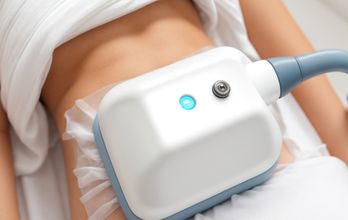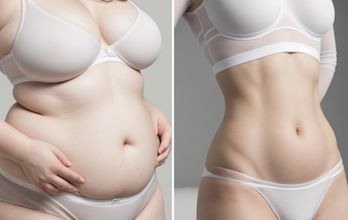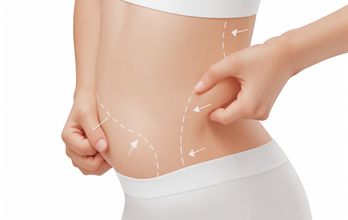
Popular Procedures in Cairo
Doctors at Dr Ahmed Abd el Rahman Clinic

Ahmed Abdel rahman
Hospitals and Clinics Nearby Dr Ahmed Abd el Rahman Clinic Offering Tummy Liposuction

We Recommend
Change Me Clinic
Prices start from$4,321
Languages spoken
Arabic
English
Accreditations

We Recommend

We Recommend
Dr. Ashraf Abolfotooh Plastic & Reconstructive Surgery Clinic
Prices start from$618
Languages spoken
Arabic
English

We Recommend
Yasmine Darwish plastic surgery clinic
Prices start from$2,775
Languages spoken
Arabic
English

We Recommend
Dr. Tarek Raief-Paradise Cosmetic Clinic
Prices start from$1,542
Languages spoken
Arabic
English
French

We Recommend
Cosmo Clinic
Prices start from$370
Languages spoken
Arabic
English
German
Accreditations

We Recommend
Cairo Plastic Clinic
Prices start from$500
Languages spoken
Arabic
English
French
Greek
Accreditations

We Recommend
Nile Plastic Center
Prices start from$1,000
Languages spoken
Arabic
English
French
Greek
Accreditations


